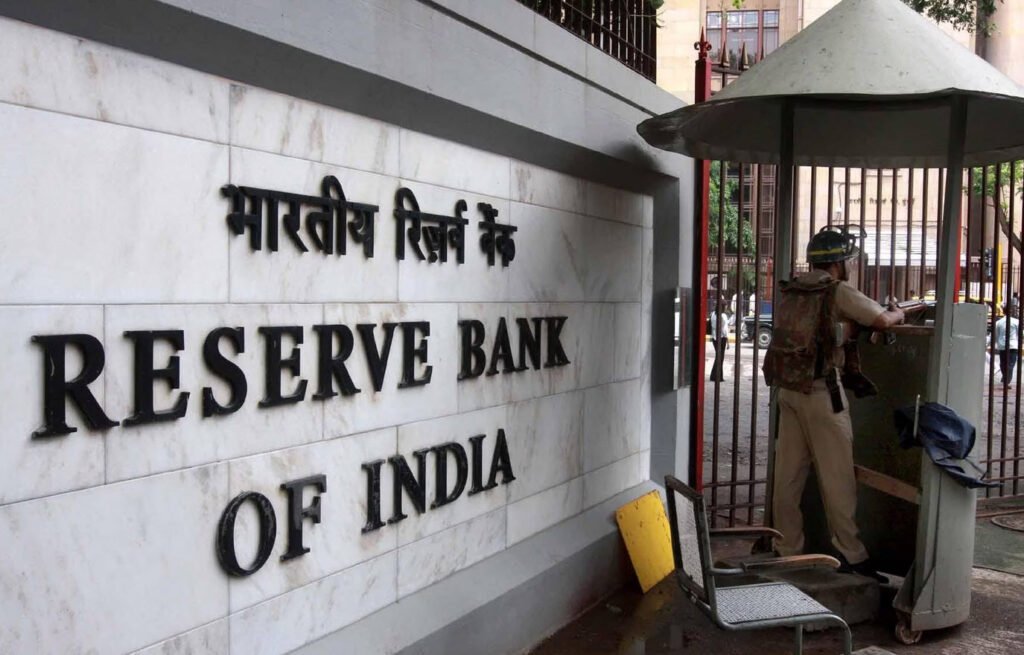
The Reserve Bank of India (RBI), established on April 1, 1935, is the apex and central banking institution in India. The RBI plays a crucial role in regulating the nation’s monetary policies and ensuring the stability and development of the financial system.
Let’s explore into the history and significance of the Reserve Bank of India based on the provided questions and answers.
Establishment and Headquarters
The Reserve Bank of India act was passed in 1934, paving the way for its establishment on April 1, 1935. Initially, the headquarters of the RBI was set up in Kolkata, but it was permanently shifted to Mumbai in 1937, where it remains to this day.
Historical Background
The establishment of the RBI was a result of the recommendations made by the Hilton Young Commission (1926), also known as the Royal Commission. The Hilton Young Commission’s suggestions emphasized the need for a central bank in India to regulate the country’s monetary and banking system effectively.
Key Functions and Roles
The RBI is often referred to as the “Banker’s Bank,” the “Apex Bank of India,” and the “Central Bank of India.” These titles signify its crucial roles in the financial sector, acting as a regulator of loans, a credit controller, and a representative of India in the International Monetary Fund (IMF).
Nationalization and Expansion
RBI was nationalized on January 1, 1949, further solidifying its role as a national institution. Its influence expanded to various regions, including Kerala, with a regional office headquartered in Thiruvananthapuram.
Emblem and Leadership
The emblem of the Reserve Bank of India proudly displays the image of a Tiger and a Palm Tree, symbolizing strength, resilience, and growth. The first Governor of RBI was Sir Osborne Smith, and C.D. Deshmukh made history as the first Indian to hold this prestigious position.
Banking Ombudsman Scheme
One of the notable contributions of RBI is the formulation of the Banking Ombudsman Scheme, which serves as a grievance redressal mechanism for banking customers, promoting fair banking practices and customer satisfaction.
In conclusion, the Reserve Bank of India stands as a pillar of the Indian economy, overseeing and facilitating its growth and stability. Over the years, it has evolved and adapted to the changing financial landscape, staying true to its mandate of ensuring monetary stability and fostering economic development.
| Reserve Bank of India act was passed in | 1934 |
| Reserve Bank of India was established on | April 1,1935 |
| The head quarters of RBI was initially established in | Kolkata |
| The headquarters of RBI was permanently shifted to Mumbai in | 1937 |
| RBI was setup on the recommendation of | Hilton Young Commission (1926) |
| Hilton Young Commission was also known as | Royal Commission |
| The Bank known as Banker’s Bank | RBI |
| The apex bank of India | RBI |
| The Central bank of India | RBI |
| The regulator of loans | RBI |
| The bank which is often referred as Mint Street | RBI |
| The Banking Ombudsman Scheme has been formulated by | RBI |
| The credit controller of India | RBI |
| The bank which represents India in- the IMF | RBI |
| RBI was nationalised on | January 1, 1949 |
| Headquarters of RBI in Kerala | Thiruvananthapuram |
| The animal embossed on the emblem of Reserve Bank of India | Tiger |
| The tree embossed on the emblem of Reserve Bank of India | Palm Tree |
| First Governor of RBI | Sir Osborne Smith |
| First Indian to become the Governor of RBI | C.D. Deshmukh |
- 5 Different Earthquake Zones in India
- Unveiling Earth – A Tapestry of Numbers and Facts
- List of International Organizations & Their Member Countries
- List of Important Banking Abbreviations
- Understanding Key Banking Acts – A Brief Overview
- Unveiling the Vibrant World of Country Flags – 254 Countries Flags Images
- [GK India] Top 35 Awards Related Multiple Choice Questions
- Major Cities Situated on the Banks of Rivers
- State-Wise Important Mountain Passes in India
- 50 GK Questions With Answers








